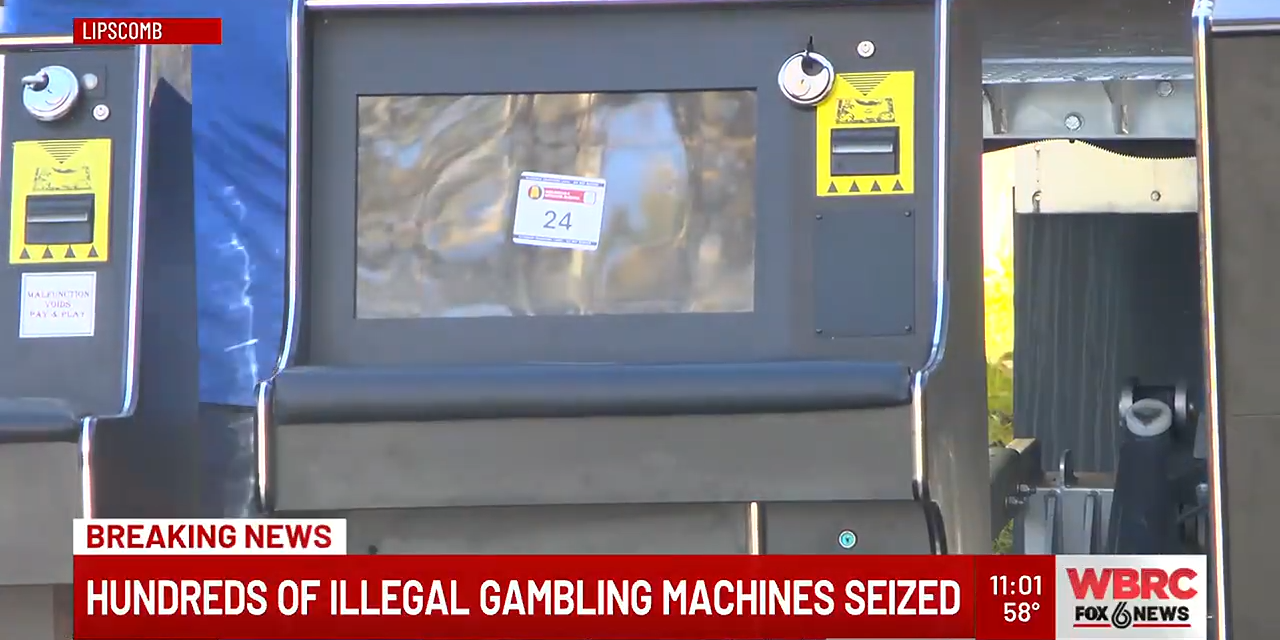World
ExxonMobil Believes the World Will Need a Lot More Energy in the Future | The Motley Fool

ExxonMobil is preparing for whatever the future might bring.
ExxonMobil (XOM 0.81%) is a firm believer that oil will remain vital to fueling the economy for decades to come. This view drives it to continue investing in oil projects. However, the company’s focus is on the bigger energy picture, which is much broader than oil. It aims to participate in the overall growth in energy demand, no matter which direction the world ends up heading.
Here’s a closer look at ExxonMobil’s long-term outlook for the energy market and how that frames its investment strategy.
Built for the future
Exxon’s CEO Darren Woods discussed the company’s energy outlook on its recent second-quarter conference call. He highlighted that the report “projects global energy demand at 15% higher in 2050 than it is today. We see oil demand holding steady at around 100 million barrels per day in 2050, while demand for renewables and natural gas grows considerably.” He noted that growing energy demand “creates opportunity for ExxonMobil, no matter the speed or direction of the energy transition.”
Woods further noted:
Over time, as it becomes more and more obvious that heavy industry and commercial transportation will not be meaningfully powered by renewables, the world will come to rely more on technologies where we have an advantage, including hydrogen, biofuels, and carbon capture and storage.
That’s why the company’s current focus in the low-carbon energy transition is to leverage its expertise in molecules. Exxon knows how to extract, process, transport, refine, upgrade, and sell hydrocarbon molecules. The company believes the market for lower-carbon energy molecules will reach $6 trillion by 2050. That’s a massive opportunity for the company.
It’s working to build several molecule-based businesses to leverage its expertise in hydrocarbons and complement its upstream production and downstream product operations. This strategy will allow it to stay flexible and capitalize on future opportunities while continuing to deliver profitable growth regardless of the energy path the economy ultimately chooses.
Investing broadly in the future of energy
Exxon’s broad investment approach has been on full display this year. The company continues to invest heavily in growing its oil and gas production. It recently closed its needle-moving acquisition of Pioneer Natural Resources. The deal significantly enhanced its position in the oil-rich Permian Basin, where Exxon delivered record output in the second quarter.
The company also continues to invest in its world-class position offshore Guyana, where it set a production record in the period. The company recently applied to develop its seventh project in the region. The Hammerhead project would produce 120,000 to 180,000 barrels per day starting in 2029.
At the same time, ExxonMobil is investing heavily in lower-carbon energy. For example, it’s working to build the world’s largest low-carbon hydrogen production facility. The project would produce 1 billion cubic feet of clean hydrogen per day and 1 million metric tons of ammonia per year. It would supply low-carbon hydrogen to markets along the U.S. Gulf Coast to help industrial customers decarbonize their operations.
Meanwhile, the company recently signed another carbon capture agreement with fertilizer and ammonia producer CF Industries. This deal would see Exxon remove up to 500,000 metric tons of carbon dioxide annually from a site in Mississippi, cutting emissions in half. Exxon has now signed up customers to remove 5.5 million tons of carbon dioxide annually. That’s equal to replacing 2 million gas-powered cars with electric vehicles (EVs). Utilizing carbon capture technology allows companies to continue consuming oil and gas while also reducing their carbon footprint.
Exxon is also leveraging its drilling expertise to produce lithium for EVs. The company controls land in Arkansas that holds saltwater brine rich in lithium. It’s planning to become a major lithium producer in the coming years. Exxon recently agreed to supply leading EV maker SK On with up to 100,000 metric tons of lithium from its first project in Arkansas.
Investing to capitalize on growing energy demand
ExxonMobil knows that the world will need a lot more energy in the future, including oil and lower-carbon energy. This view drives Exxon to continue investing in oil projects while also building out several lower-carbon energy businesses. The company’s broad strategy positions it to continue growing its profits no matter what energy source becomes dominant in the future.
Matt DiLallo has no position in any of the stocks mentioned. The Motley Fool has no position in any of the stocks mentioned. The Motley Fool has a disclosure policy.










